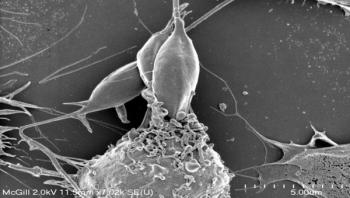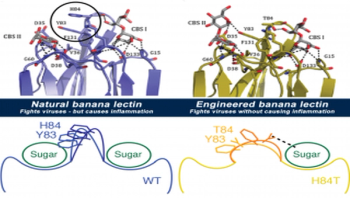
News











The Centers for Disease Control and Prevention (CDC) collaborated with public health officials in several states and the Food and Drug Administration (FDA) to investigate a multistate outbreak of Listeria monocytogenes infections (listeriosis). Listeria infection can cause a serious, life-threatening illness. This outbreak investigation is over; however, people could continue to get sick because recalled cheeses may still be in homes, restaurants or retail locations.







The Black Death has been infecting people centuries before the well-known 14th-century epidemic in Europe. In a new study reported in the journal Cell, researchers report that the bacterium Yersinia pestis, was infecting people as long as 5,000 years ago.

A team of international scientists led by Dr. Martin Olivier from the Research Institute of the McGill University Health Centre (RI-MUHC) uncovered an important mechanism behind Leishmania, a deadly parasitic disease transmitted by sandflies that affects over 12 million people worldwide, and with more than 1.3 million new cases reported every year. In a new study published today on the website Cell Reports, researchers described how key molecules known as exosomes, boost the process by which the Leishmania parasite infects humans and other mammals. These findings could lead to the development of new potential vaccine targets and diagnostic tools for Leishmania and other parasitic diseases.

A banana a day may not keep the doctor away, but a substance originally found in bananas and carefully edited by scientists could someday fight off a wide range of viruses, new research suggests. And the process used to create the virus-fighting form may help scientists develop even more drugs, by harnessing the “sugar code” that our cells use to communicate. That code gets hijacked by viruses and other invaders.


This report addresses the process by which sodium hypochlorite, the active ingredient in commercial bleach products, destroys disease-causing pathogens. It explains the science of how and why bleach is an effective disinfection agent, and presents information to address common misconceptions about bleach.

Scientists have identified a gene that could potentially open the door for the development of new treatments of the lethal disease sepsis.





